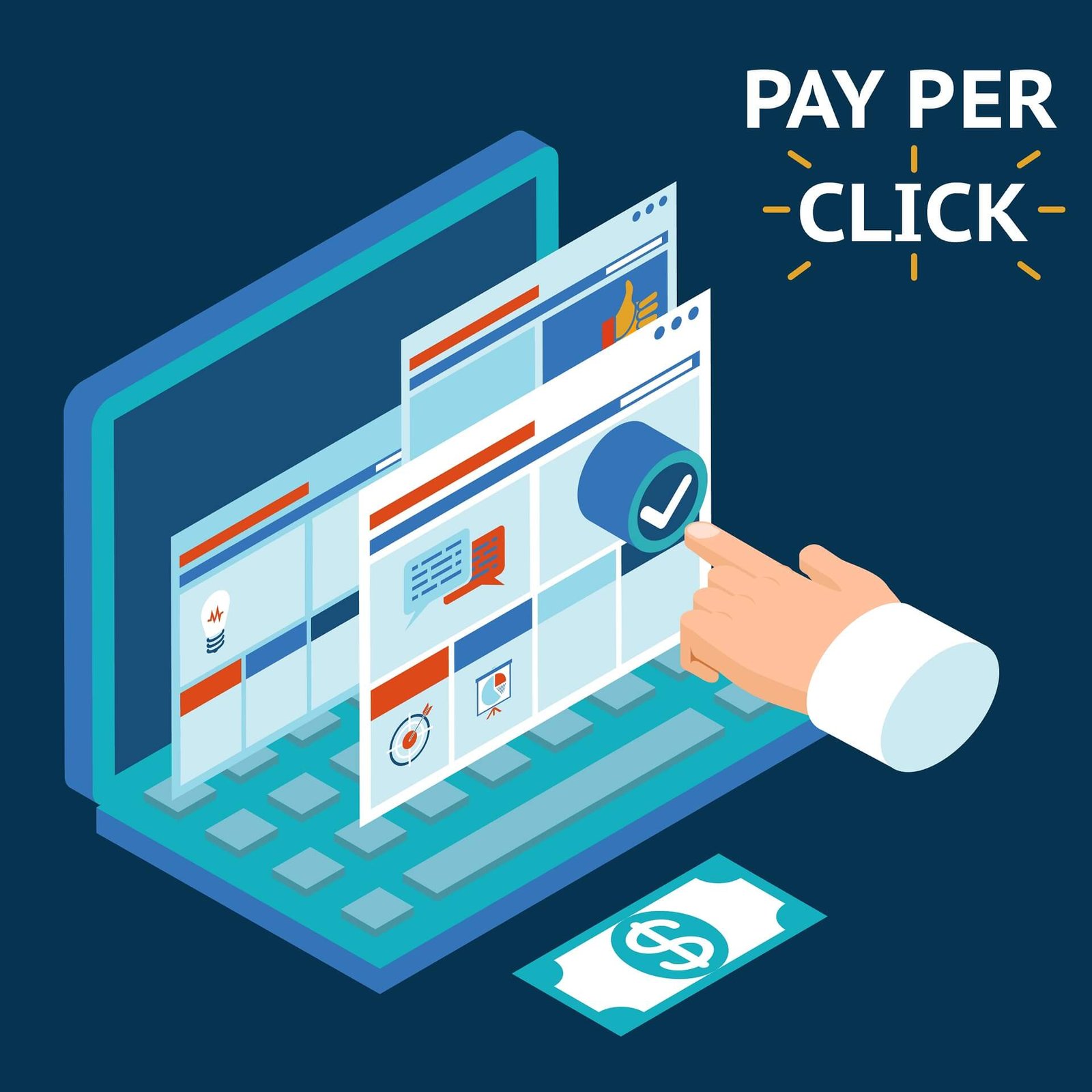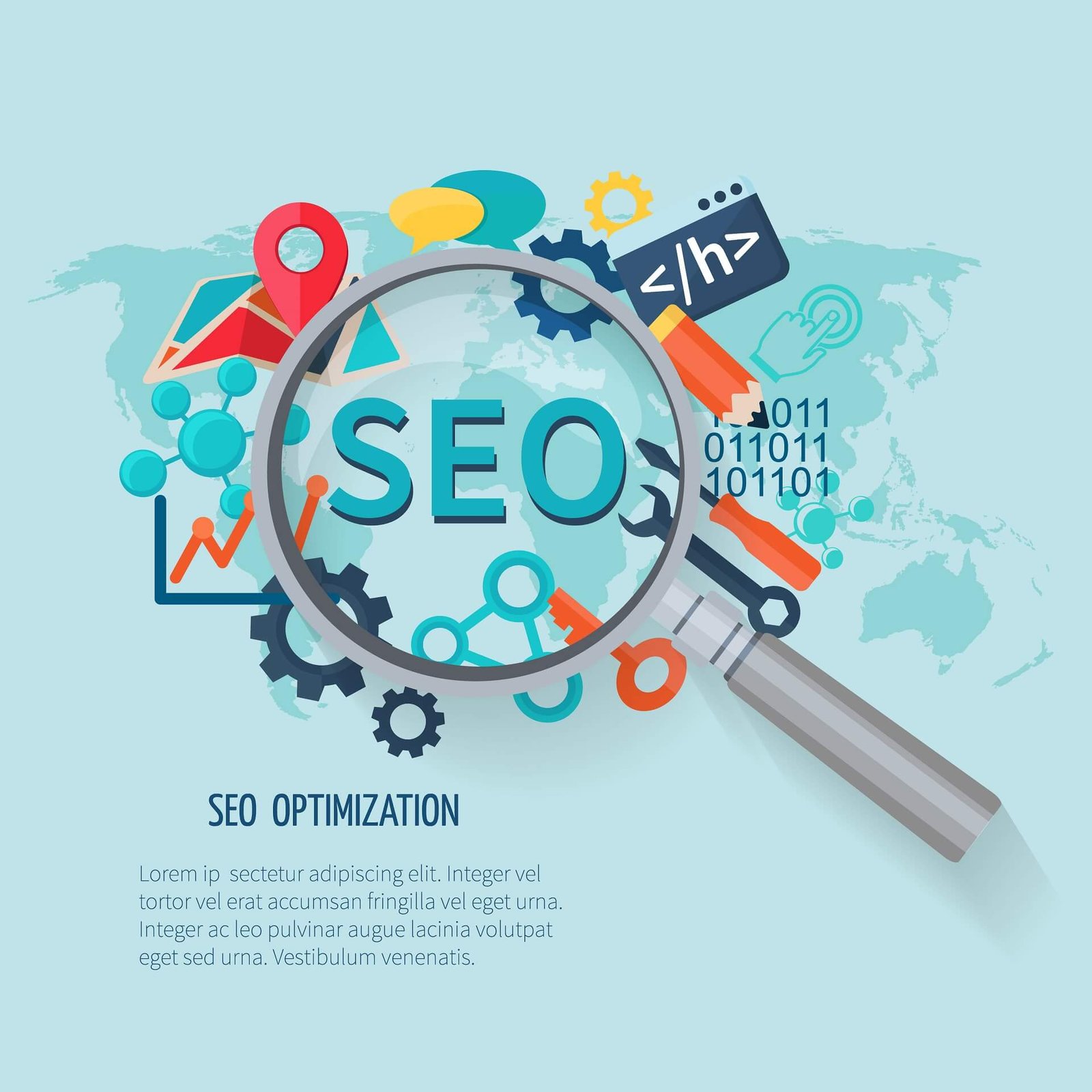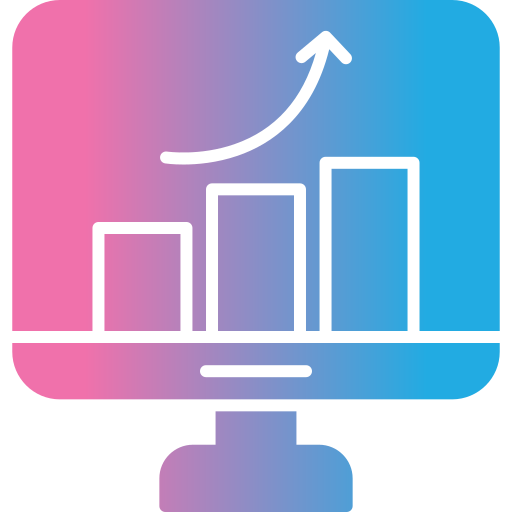Performance Marketing
Performance marketing is a results-driven approach to advertising where advertisers pay only for specific actions or outcomes, such as clicks, leads, sales, or other measurable actions.
What is Performance Marketing?
Performance marketing is a type of digital marketing strategy where advertisers only pay for specific actions taken by users, such as clicks, leads, sales, or other desired outcomes. Unlike traditional advertising, where payments are made for exposure or impressions regardless of the results, performance marketing ensures that advertisers pay based on measurable results, making it cost-effective and efficient.
Here are the key components of performance marketing:
- Cost Structure: Payment is tied to the performance of the ad. Common models include:
- CPC (Cost Per Click): Advertisers pay for each click on their ads.
- CPA (Cost Per Action/Acquisition): Advertisers pay when a specific action, such as a purchase or sign-up, is completed.
- CPL (Cost Per Lead): Advertisers pay for each lead generated.
- CPM (Cost Per Mille): Although not purely performance-based, this involves payment for every thousand impressions and is sometimes used in combination with other models.
- Channels: Performance marketing can be executed through various channels, including:
- Search Engine Marketing (SEM): Paying for clicks on search engines like Google through PPC campaigns.
- Affiliate Marketing: Partnering with affiliates who promote products/services and earn commissions for driving desired actions.
- Social Media Advertising: Running ads on platforms like Facebook, Instagram, or LinkedIn, where payments are based on clicks, leads, or sales.
- Display Advertising: Banner or video ads placed on websites where payments are tied to clicks or conversions.
- Tracking and Analytics: Performance marketing relies heavily on data and analytics to measure the success of campaigns. Marketers use tools like Google Analytics, tracking pixels, and UTM parameters to monitor performance and optimize campaigns in real time.
- ROI-Focused: The primary goal of performance marketing is to achieve a high return on investment (ROI) by ensuring that marketing efforts directly contribute to business growth. Advertisers can scale successful campaigns while minimizing wasteful spending on ineffective strategies.
- Examples: Common examples of performance marketing include Google Ads, Facebook Ads, and affiliate programs where partners promote products and earn a commission on sales.
How Performance Marketing Helps Business Growth
- Cost-Effectiveness: Businesses only pay when the desired action is completed (like a sale or a lead), which ensures that marketing budgets are spent efficiently.
- Measurable Results: Performance marketing is highly data-driven, allowing businesses to track every aspect of their campaigns. This transparency helps in optimizing campaigns for better results.
- Targeted Audience Reach: Performance marketing campaigns can be highly targeted, ensuring that businesses reach the right audience with the right message, leading to higher conversion rates.
- Scalability: As campaigns are optimized and start delivering results, they can be scaled up to reach a larger audience, driving more growth.
- Flexibility: Businesses can adjust their strategies in real-time based on the performance data, allowing for agile decision-making.
- Improved ROI: By focusing on actions that directly contribute to business objectives, performance marketing often delivers a higher return on investment compared to traditional marketing methods.
Why Trendy Spire Media for Performance Marketing
Trendy Spire Media excels in performance marketing by focusing on measurable results, leveraging data-driven strategies, and optimizing campaigns for maximum ROI. Their expertise across multiple channels, transparent reporting, and continuous optimization make them a top choice for driving business growth.









